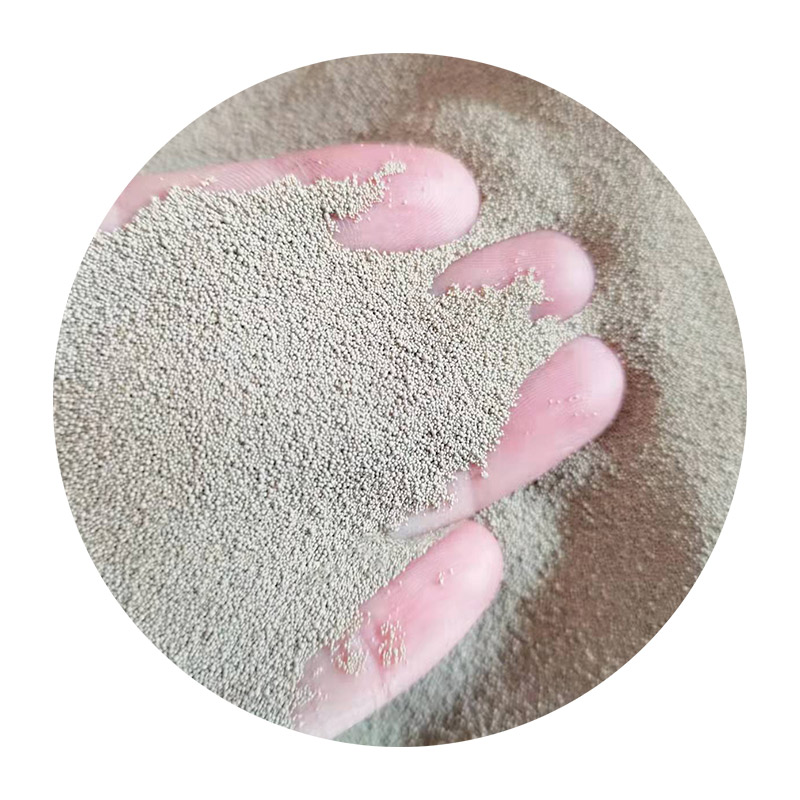3D Printing Patterns for Sand Casting Revolutionizing Traditional Methods
The advent of 3D printing technology has significantly transformed various industries, enabling innovative solutions that streamline processes and enhance efficiency. One area where this transformation is particularly noteworthy is in sand casting, a traditional manufacturing method widely used for creating metal parts and components. The integration of 3D printing patterns into the sand casting process offers numerous advantages that are reshaping the landscape of metal manufacturing.
Sand casting involves creating a mold by packing sand around a pattern that is shaped like the desired final product. Traditionally, these patterns were made from materials like wood, metal, or plastics. However, manufacturing patterns through conventional means can be time-consuming and costly, particularly when it comes to producing complex geometries or small production runs. This is where 3D printing steps in—a game changer that simplifies pattern creation.
One of the primary benefits of using 3D printing for sand casting patterns is the design flexibility it offers. Designers can create intricate shapes that are often impossible or impractical to achieve with traditional pattern-making methods. The layer-by-layer fabrication process of 3D printing allows for the incorporation of complex internal features, cooling channels, and intricate surface textures, ultimately improving the performance of the final cast product.
Moreover, the lead time for producing patterns is drastically reduced with 3D printing. Traditional manufacturing methods require extensive tooling and machining, which can take weeks or even months. In contrast, 3D printing can produce patterns within days, allowing manufacturers to respond swiftly to market demands and custom orders. This rapid prototyping capability is invaluable for industries where speed and adaptability are critical.
3d printing patterns for sand casting

Cost-effectiveness is another crucial advantage of 3D printing patterns for sand casting. The initial investment in 3D printing technology can be offset by the savings achieved through reduced material waste and the elimination of tooling costs. Traditional processes often result in excess scrap, while 3D printing utilizes only the material needed for the pattern's creation, making it an eco-friendly option as well.
Furthermore, the traditional pattern-making process typically requires skilled labor and extensive manual work. In contrast, 3D printing automates a significant portion of the pattern creation process, allowing companies to reallocate labor to other areas of production or to engage in more value-added tasks. This shift enhances overall productivity and efficiency within manufacturing facilities.
The enhanced accuracy and precision offered by 3D printing also contribute to the advantages in quality control. Traditional patterns can suffer from inconsistencies and imperfections due to repeated use and wear over time. 3D printed patterns, however, can be designed with precise measurements and undergo meticulous quality checks before production, reducing the likelihood of defects in the final cast parts.
As the adoption of 3D printing technology continues to grow, its potential applications in sand casting will likely expand. From automotive and aerospace to medical and consumer goods, the versatility of 3D printed patterns can revolutionize how industries approach design and production processes.
In conclusion, the integration of 3D printing patterns into sand casting is a significant advancement in manufacturing technology. The benefits of design flexibility, reduced lead times, cost-effectiveness, skill reallocation, and improved quality control are driving many manufacturers to embrace this innovative approach. As companies increasingly recognize the potential of 3D printing, its role in transforming traditional sand casting methods is set to grow, leading to a more efficient and adaptable future for metal production.
Post time:gru . 12, 2024 11:04
Next:properties of foundry sand
